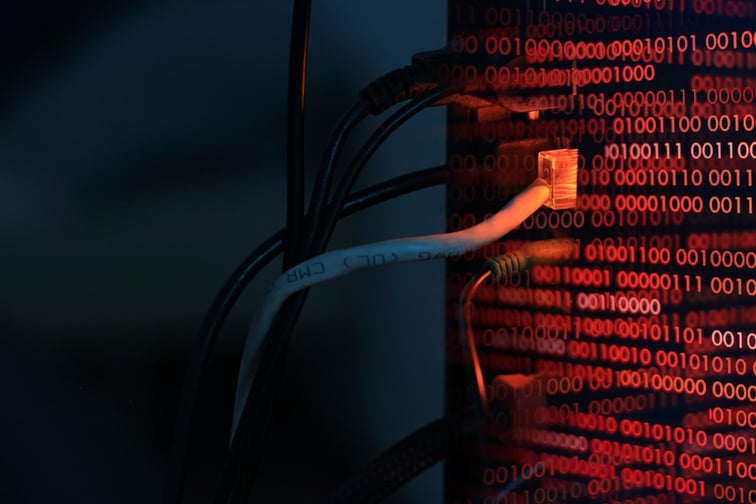

Ransomware gangs are “alarmingly similar” to legitimate organizations with their management structures and HR policies, and there is a clear logic to the way to target companies that they are certain would pay for the ransom to decrypt their data, a new report by Check Point Research (CPR) and Kovrr has found.
By analyzing the chat logs of the Conti ransomware group which were leaked by a Ukrainian researcher, CPR noted that the gang operates similarly to a start-up company – complete with an organizational structure, HR processes, and even assigned responsibilities. The Conti gang had over a hundred “employees,” who have managed to streamline the operation from automatic payload generation to the very ransom negotiation process itself, CPR noted.
“Conti’s negotiation team is responsible for talking to the victims, negotiating ransom payments, writing blog posts about the victims on the Conti leaks site, and eventually providing the decryption software if the ransom demand is met,” CPR said in a cybersecurity blog post. “Their internal communications shed light on the inner workings of their negotiation processes.”
The report also shows how ransomware gangs set the initial ransom demand, and what the “ground rules” are from the point of view of the cybercriminals. Based on Kovrr’s cyber incidents database, the report had concluded the following:
CPR underlined that Conti prefers targets that have cyber insurance in place, as those groups offer a higher chance of paying off the demands. Kovrr’s records even show that some of Conti’s targets were prioritized over others simply because they had cyber insurance.
The report also came to the conclusion that the extortion amount is only a single part of the total cost of a ransomware attack. On average, all other related expenses – such as response and restoration expenses, legal fees and monitoring costs, and so on – will outweigh the extortion cost. According to CPR, this is due to the rise of so-called “double extortion” and big-game hunting, which have led to the “industrialization” of ransomware.
